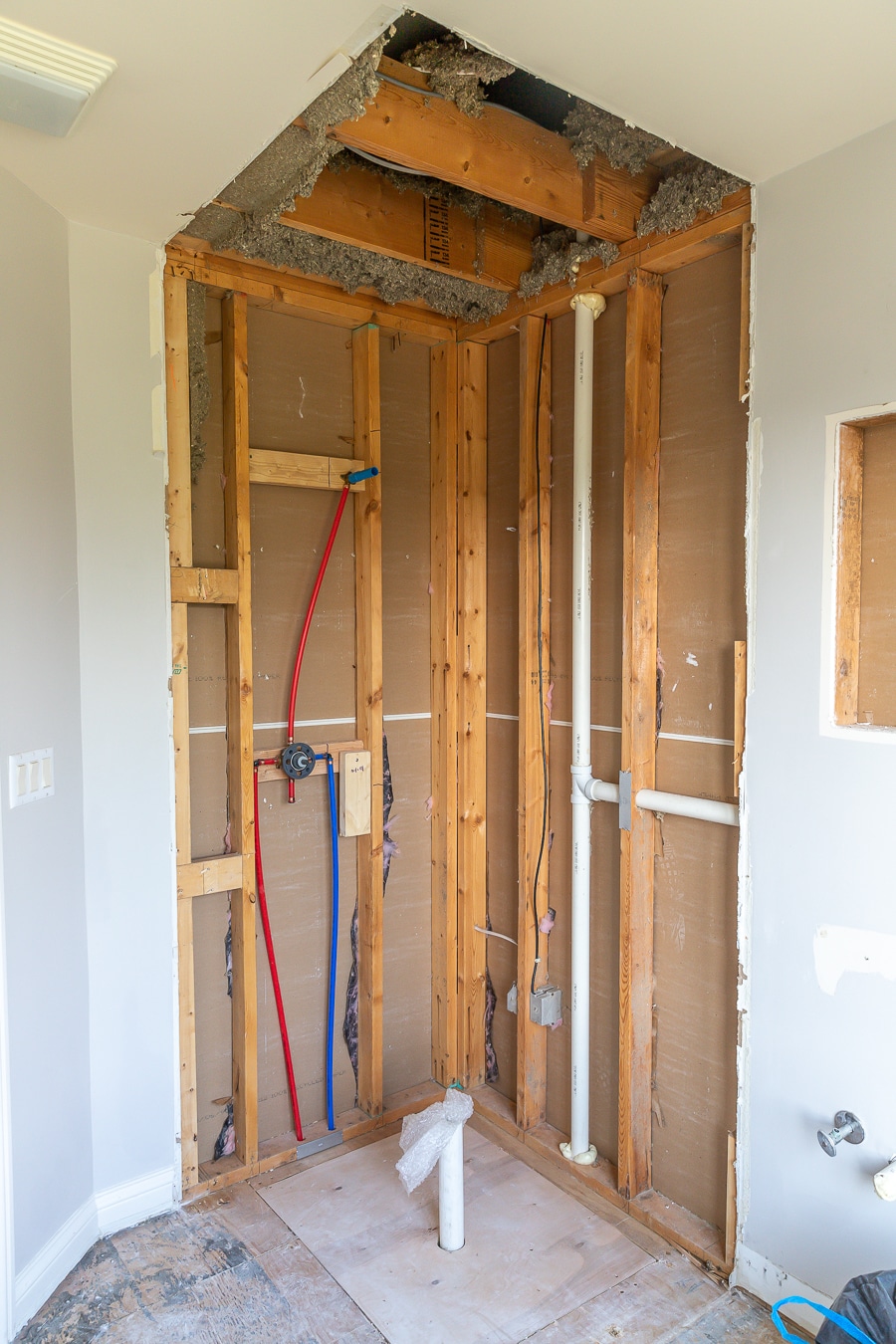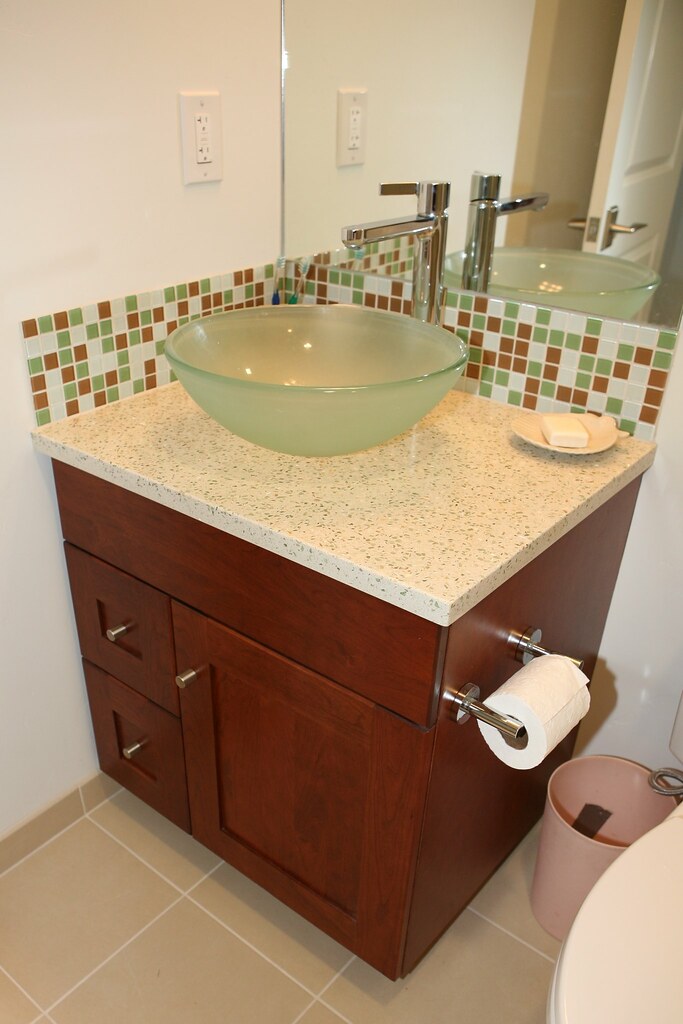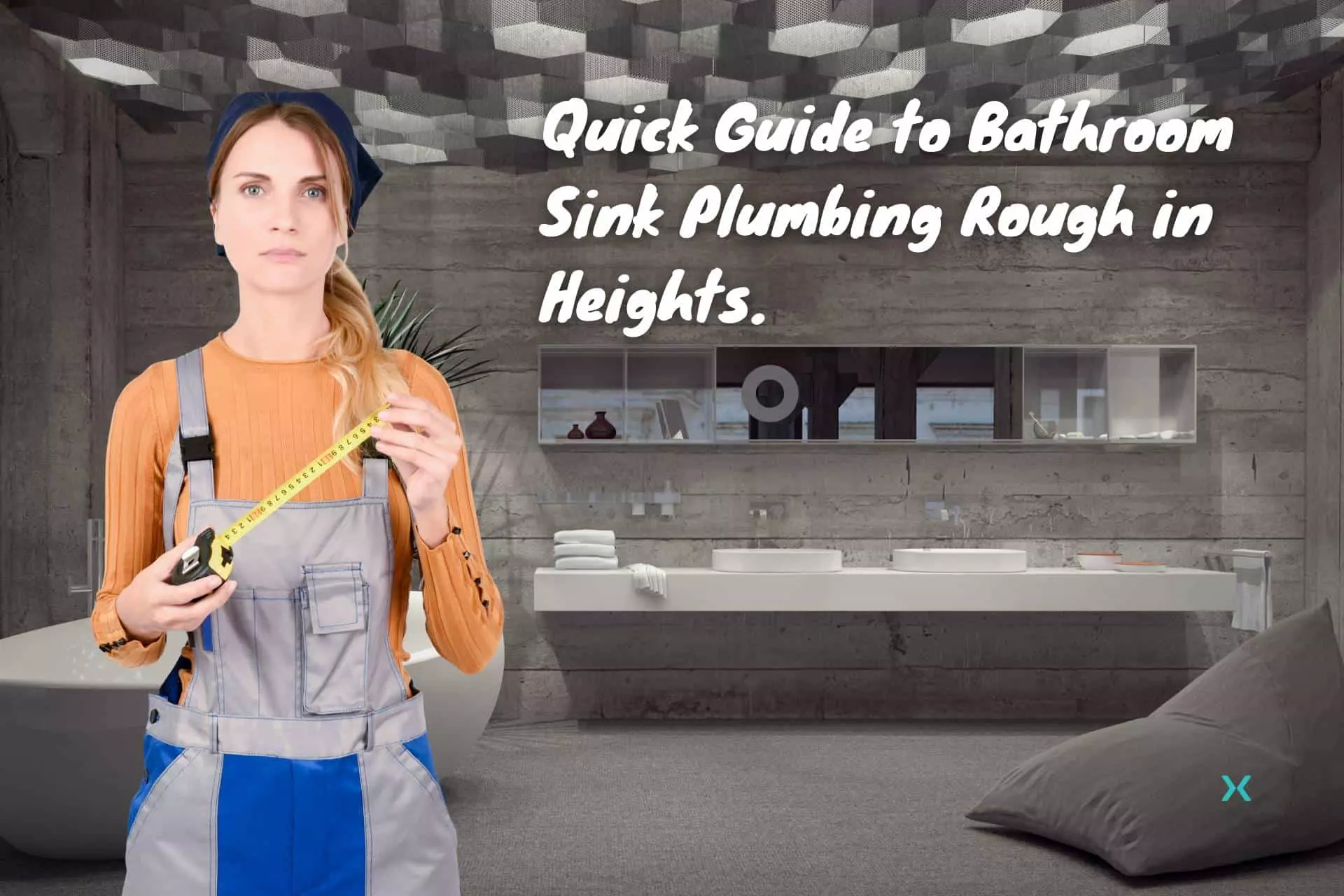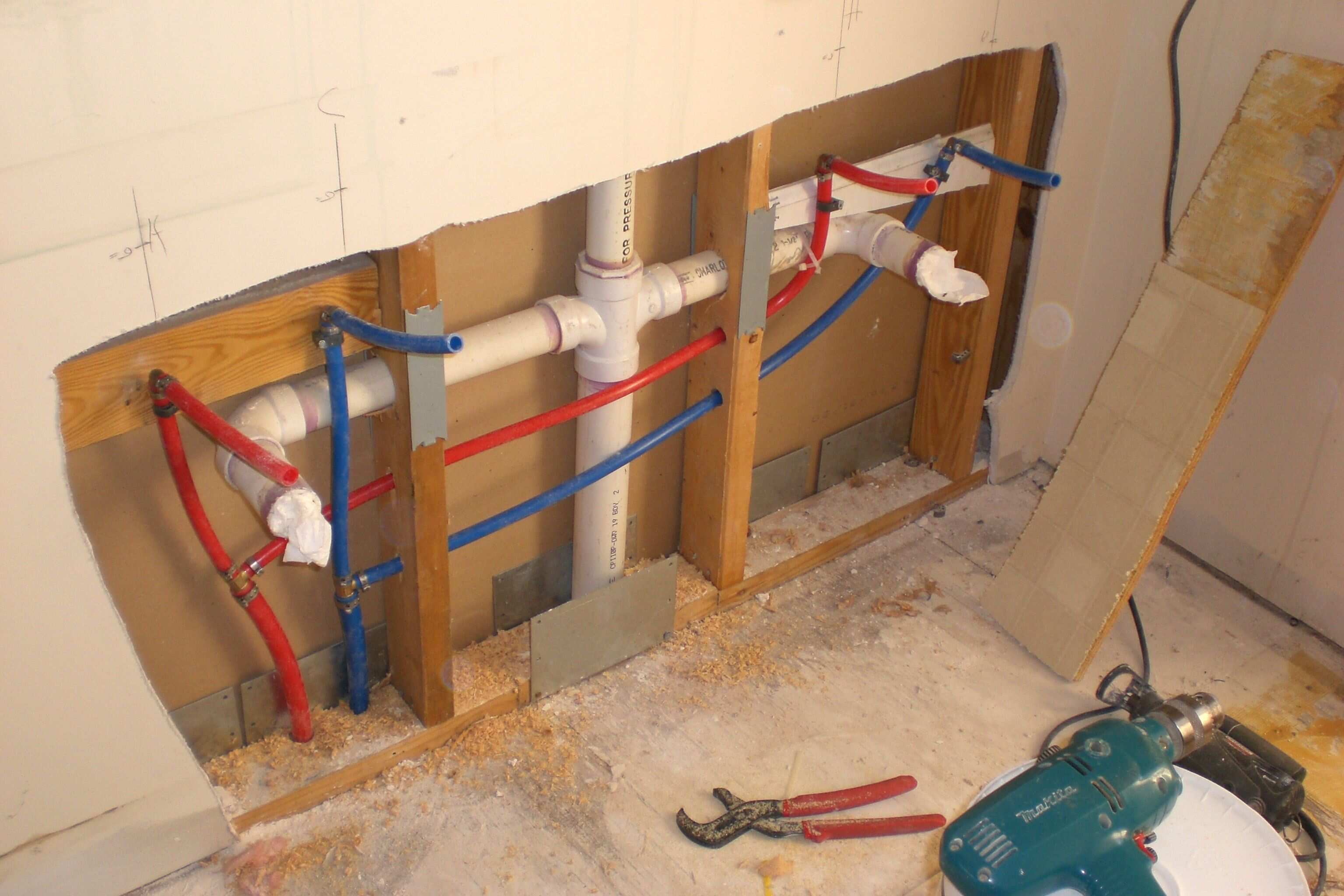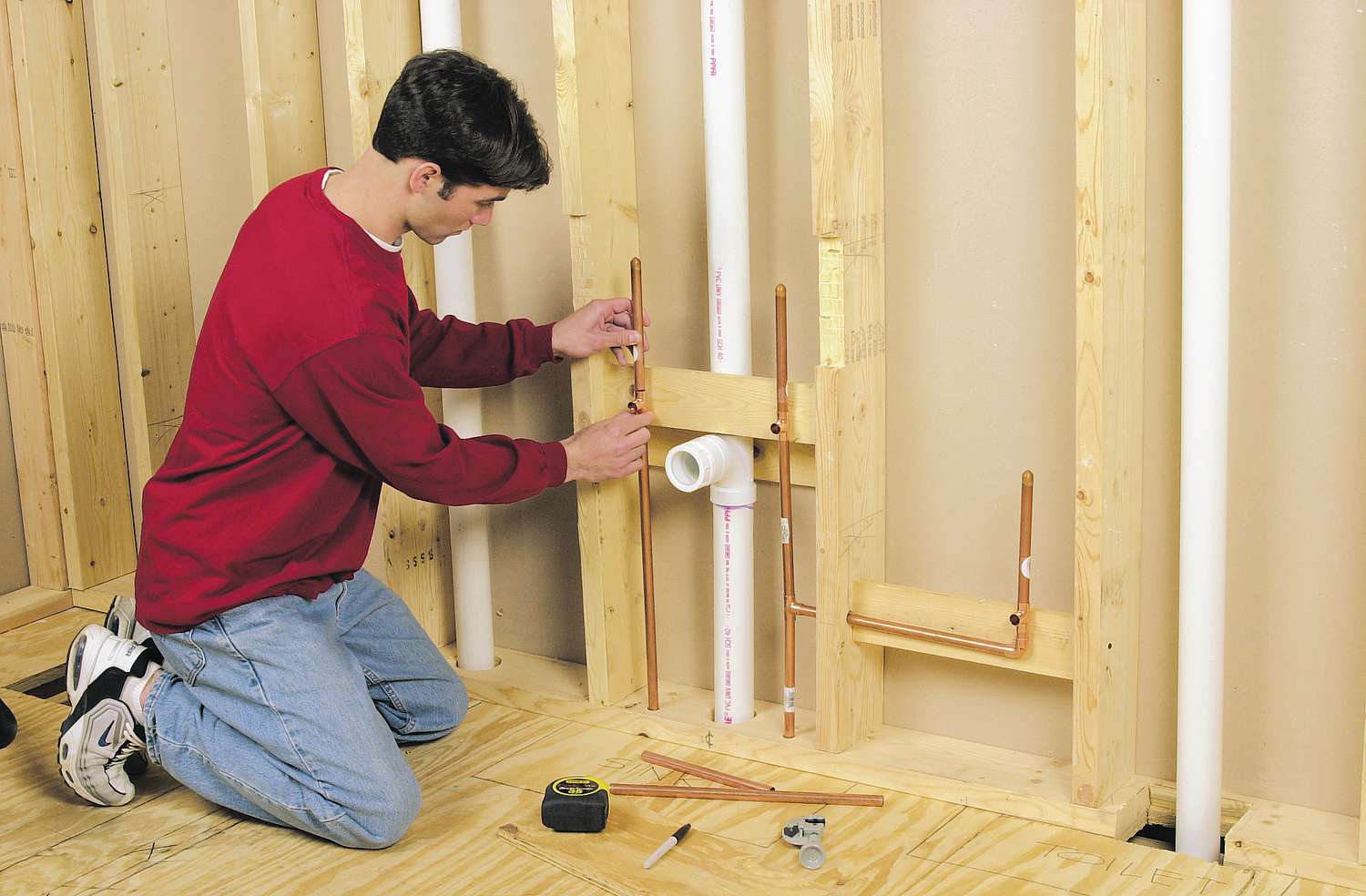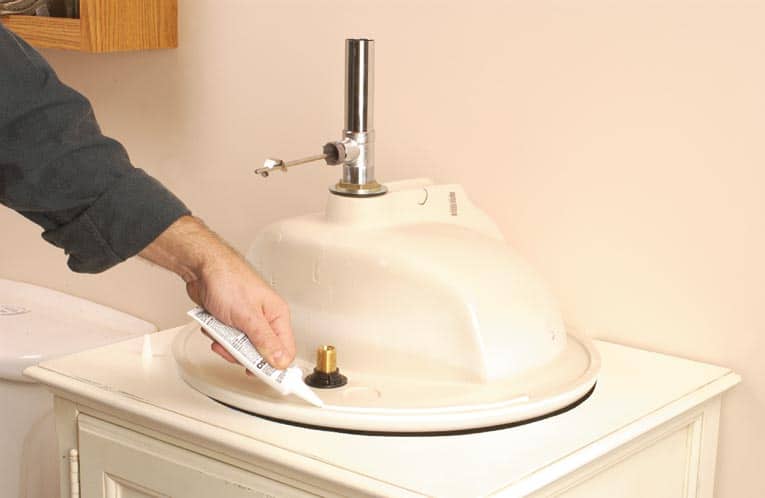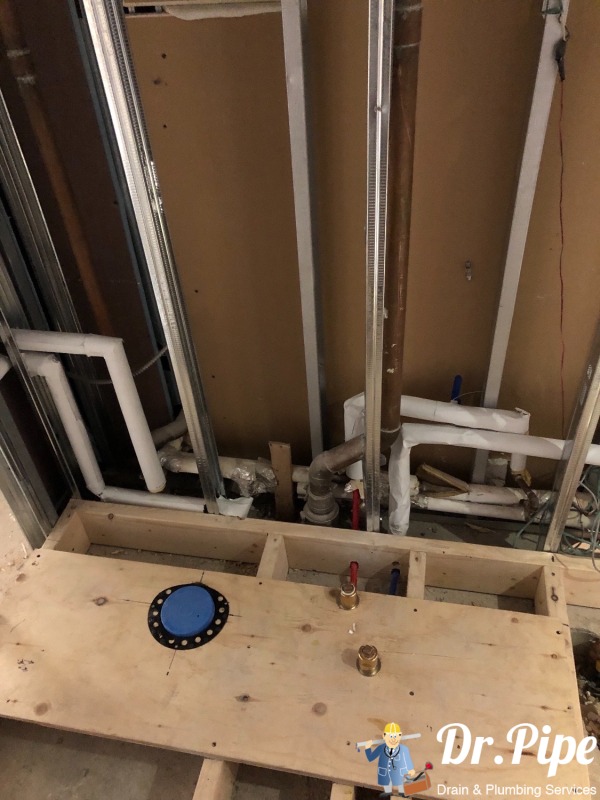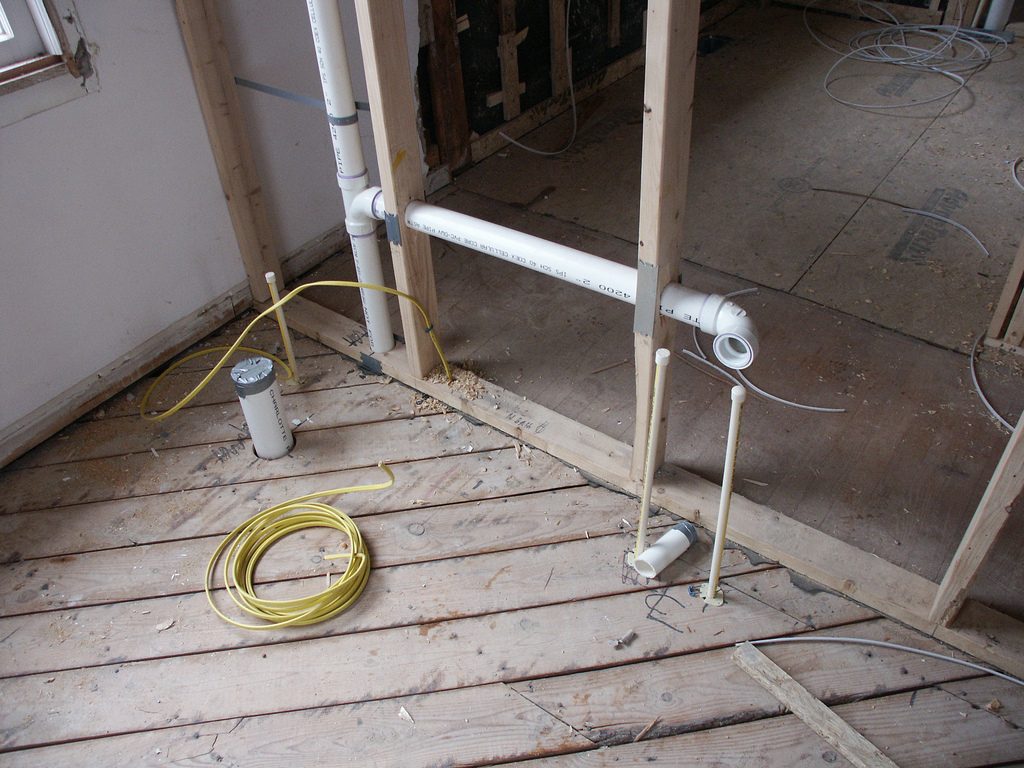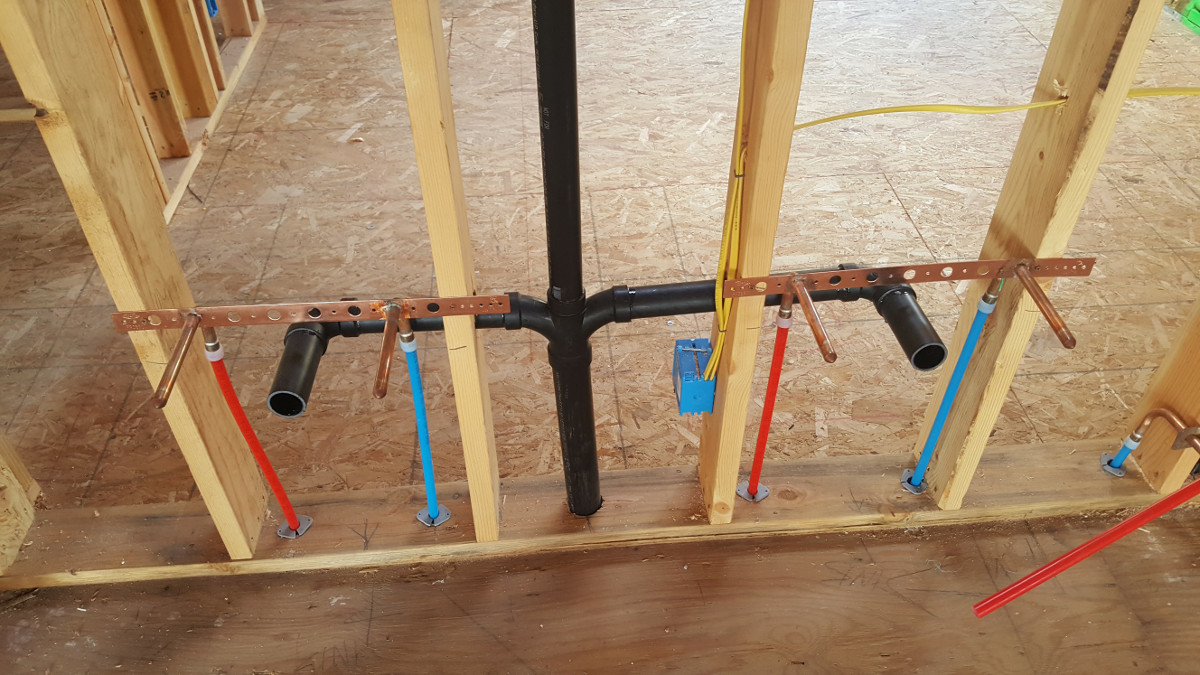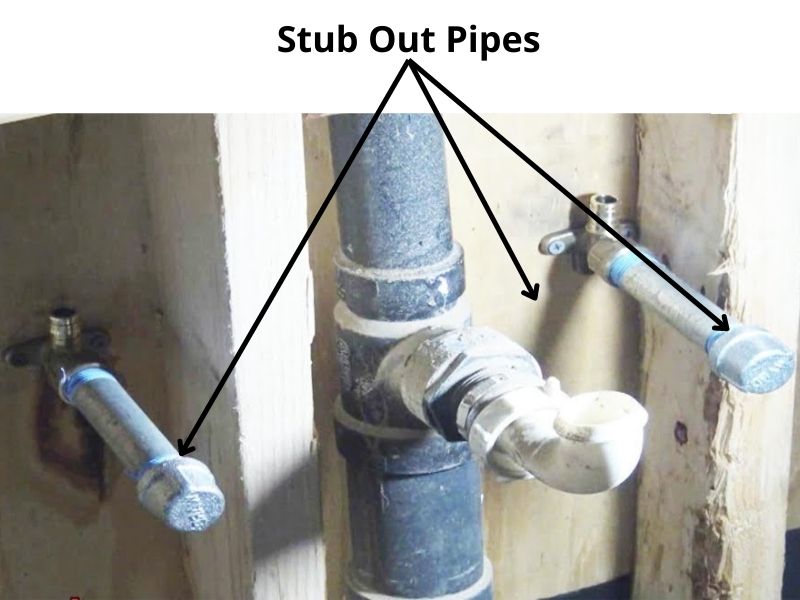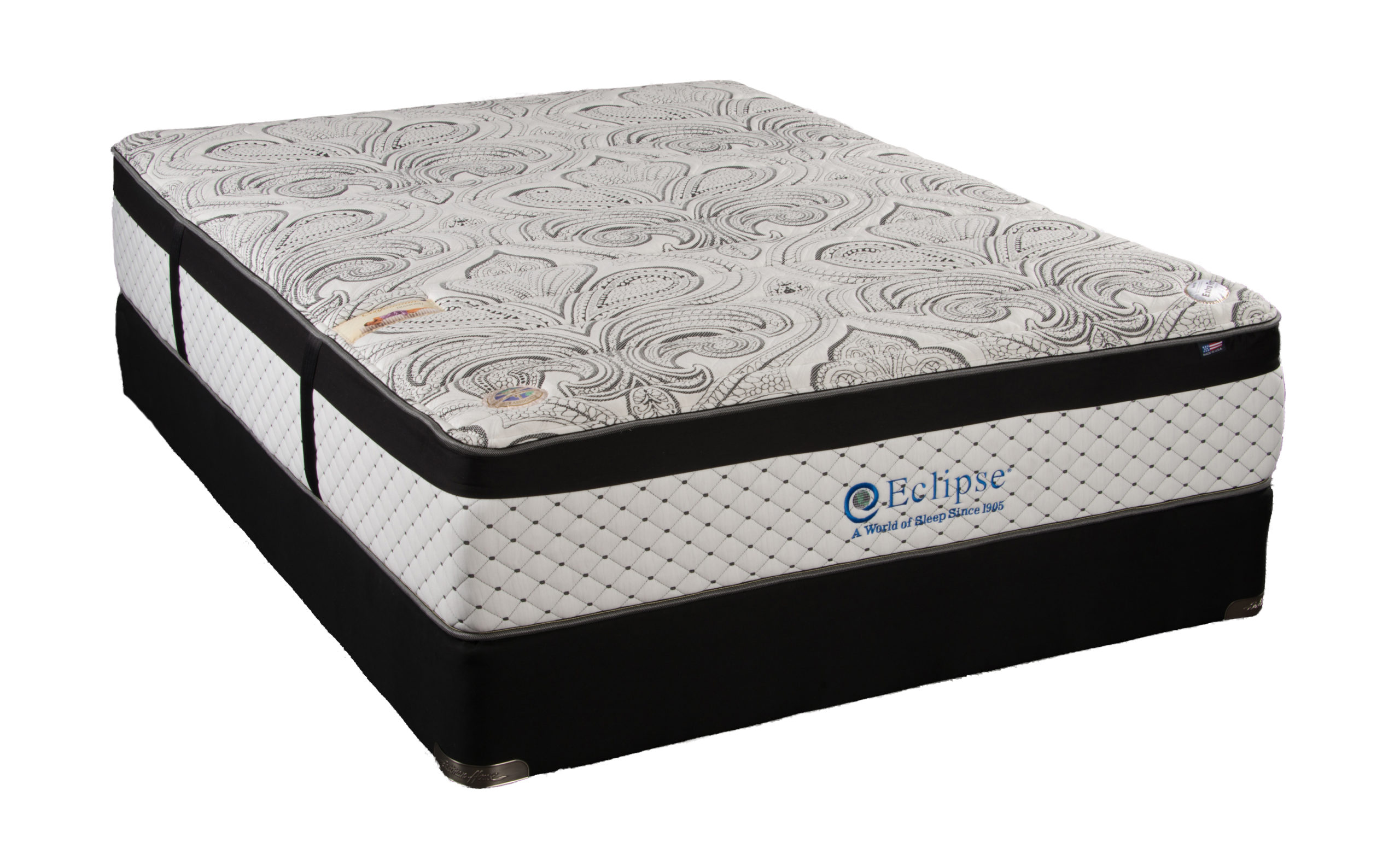If you're planning on renovating your bathroom, one of the most important things to consider is the bathroom sink rough in stub out. This may not be the most glamorous part of the renovation process, but it is crucial for the proper installation and functioning of your bathroom sink. In this article, we'll take a closer look at the top 10 main bathroom sink rough in stub out considerations that every homeowner should know.Bathroom Sink Rough In Stub Out: The Key to a Successful Bathroom Renovation
Before we dive into the specifics of the bathroom sink rough in stub out, it's important to understand what it is and why it's necessary. The rough in refers to the initial plumbing installation that is done before the walls and floors are finished. It includes all the necessary pipes, fittings, and connections for the bathroom sink, as well as other fixtures such as the toilet and shower.Bathroom Sink Rough In: What is it?
Proper bathroom sink rough in is essential for the smooth functioning of your bathroom. If the rough in is not done correctly, it can lead to leaks, clogs, and other plumbing issues that can be costly and time-consuming to fix. A well-done rough in will also ensure that your bathroom is up to code, which is essential if you plan on selling your home in the future.The Importance of Proper Bathroom Sink Rough In
When it comes to bathroom sink rough in stub out, there are several factors that you need to keep in mind. These include the location of the sink, the type of sink you're installing, and the height of the sink.Factors to Consider for Bathroom Sink Rough In
The location of your bathroom sink will play a significant role in how the rough in is done. For example, if you're installing a sink in a new location, you'll need to have new plumbing lines run to that area. On the other hand, if you're replacing an old sink, you can use the existing plumbing lines, which can save time and money.Bathroom Sink Location
Another crucial factor to consider is the type of sink you're installing. Different types of sinks, such as pedestal sinks, wall-mounted sinks, and vanity sinks, will require different rough in configurations. It's essential to know what type of sink you want before the rough in is done so that the plumbing can be installed accordingly.Type of Sink
The height of your sink is also an important consideration. The standard height for most bathroom sinks is 32-34 inches from the floor to the top of the sink. However, this can vary depending on your specific needs and preferences. It's important to discuss the sink height with your plumber before the rough in is done to ensure that it is installed at the right height.Sink Height
In addition to the sink rough in, you'll also need to consider the rough in for other plumbing fixtures in your bathroom. This includes the toilet, shower, and bathtub, if applicable. It's essential to have all these fixtures roughed in at the same time to ensure that the plumbing lines are installed correctly and to avoid any potential issues in the future.Rough In for Bathroom Plumbing
Now that we've covered the rough in, let's talk about the bathroom sink stub out. The stub out refers to the pipes and fittings that are installed after the rough in is done but before the sink is installed. It is the final step in the plumbing process and is what connects the sink to the main plumbing lines in your bathroom.Sink Stub Out: What is it?
Proper sink stub out is just as important as the rough in. If this step is not done correctly, it can lead to leaks and other plumbing issues that can be costly to fix. It's crucial to have an experienced plumber handle this step to ensure that it is done correctly.Importance of Proper Sink Stub Out
The Importance of Proper Bathroom Sink Rough-In Stub Outs in House Design

Ensuring a Functional and Efficient Bathroom
 When it comes to designing a house, every little detail matters. This is especially true when it comes to the plumbing system, particularly the rough-in stub outs for bathroom sinks. While it may seem like a small and insignificant part of the overall design, the placement and installation of these stub outs can greatly impact the functionality and efficiency of a bathroom.
Bathroom sink rough-in stub outs
refer to the pipes that are installed in the walls or floors of a bathroom, which later connect to the actual sink and faucet. These pipes are a crucial part of the plumbing system and must be properly installed to ensure proper water flow and drainage. In addition, they must also be placed in the right location to accommodate the chosen bathroom sink style and size.
Proper placement of bathroom sink rough-in stub outs
is essential in creating a functional and efficient bathroom. For instance, if the pipes are installed too far away from the sink, it can result in low water pressure and slow drainage. On the other hand, if the pipes are too close to the sink, it can cause difficulties in installing the sink and faucet, and may even result in damage to the sink or pipes. This is why it is important to consult a professional plumber or contractor to ensure the correct placement of these stub outs.
Aside from placement, the
size and type of bathroom sink
also play a crucial role in determining the appropriate rough-in stub outs. Different types of sinks require different sizes and configurations of pipes. For instance, a pedestal sink will have different stub out requirements compared to a wall-mounted or vanity sink. It is important to consider the chosen sink style and size early on in the design process to ensure the proper placement and installation of the rough-in stub outs.
In addition to functionality, proper bathroom sink rough-in stub outs also contribute to the overall aesthetic of the bathroom. With careful planning and installation, the pipes can be concealed within the walls or floors, creating a clean and seamless look. This not only adds to the visual appeal of the bathroom but also allows for more space and easier cleaning.
In conclusion, while it may seem like a minor detail, the placement and installation of bathroom sink rough-in stub outs are crucial in creating a functional and efficient bathroom. It is important to consult a professional and consider the chosen sink style and size early on in the design process to ensure the best possible outcome. With proper planning and installation, these stub outs can not only contribute to the overall functionality of the bathroom but also enhance its aesthetic appeal.
When it comes to designing a house, every little detail matters. This is especially true when it comes to the plumbing system, particularly the rough-in stub outs for bathroom sinks. While it may seem like a small and insignificant part of the overall design, the placement and installation of these stub outs can greatly impact the functionality and efficiency of a bathroom.
Bathroom sink rough-in stub outs
refer to the pipes that are installed in the walls or floors of a bathroom, which later connect to the actual sink and faucet. These pipes are a crucial part of the plumbing system and must be properly installed to ensure proper water flow and drainage. In addition, they must also be placed in the right location to accommodate the chosen bathroom sink style and size.
Proper placement of bathroom sink rough-in stub outs
is essential in creating a functional and efficient bathroom. For instance, if the pipes are installed too far away from the sink, it can result in low water pressure and slow drainage. On the other hand, if the pipes are too close to the sink, it can cause difficulties in installing the sink and faucet, and may even result in damage to the sink or pipes. This is why it is important to consult a professional plumber or contractor to ensure the correct placement of these stub outs.
Aside from placement, the
size and type of bathroom sink
also play a crucial role in determining the appropriate rough-in stub outs. Different types of sinks require different sizes and configurations of pipes. For instance, a pedestal sink will have different stub out requirements compared to a wall-mounted or vanity sink. It is important to consider the chosen sink style and size early on in the design process to ensure the proper placement and installation of the rough-in stub outs.
In addition to functionality, proper bathroom sink rough-in stub outs also contribute to the overall aesthetic of the bathroom. With careful planning and installation, the pipes can be concealed within the walls or floors, creating a clean and seamless look. This not only adds to the visual appeal of the bathroom but also allows for more space and easier cleaning.
In conclusion, while it may seem like a minor detail, the placement and installation of bathroom sink rough-in stub outs are crucial in creating a functional and efficient bathroom. It is important to consult a professional and consider the chosen sink style and size early on in the design process to ensure the best possible outcome. With proper planning and installation, these stub outs can not only contribute to the overall functionality of the bathroom but also enhance its aesthetic appeal.







